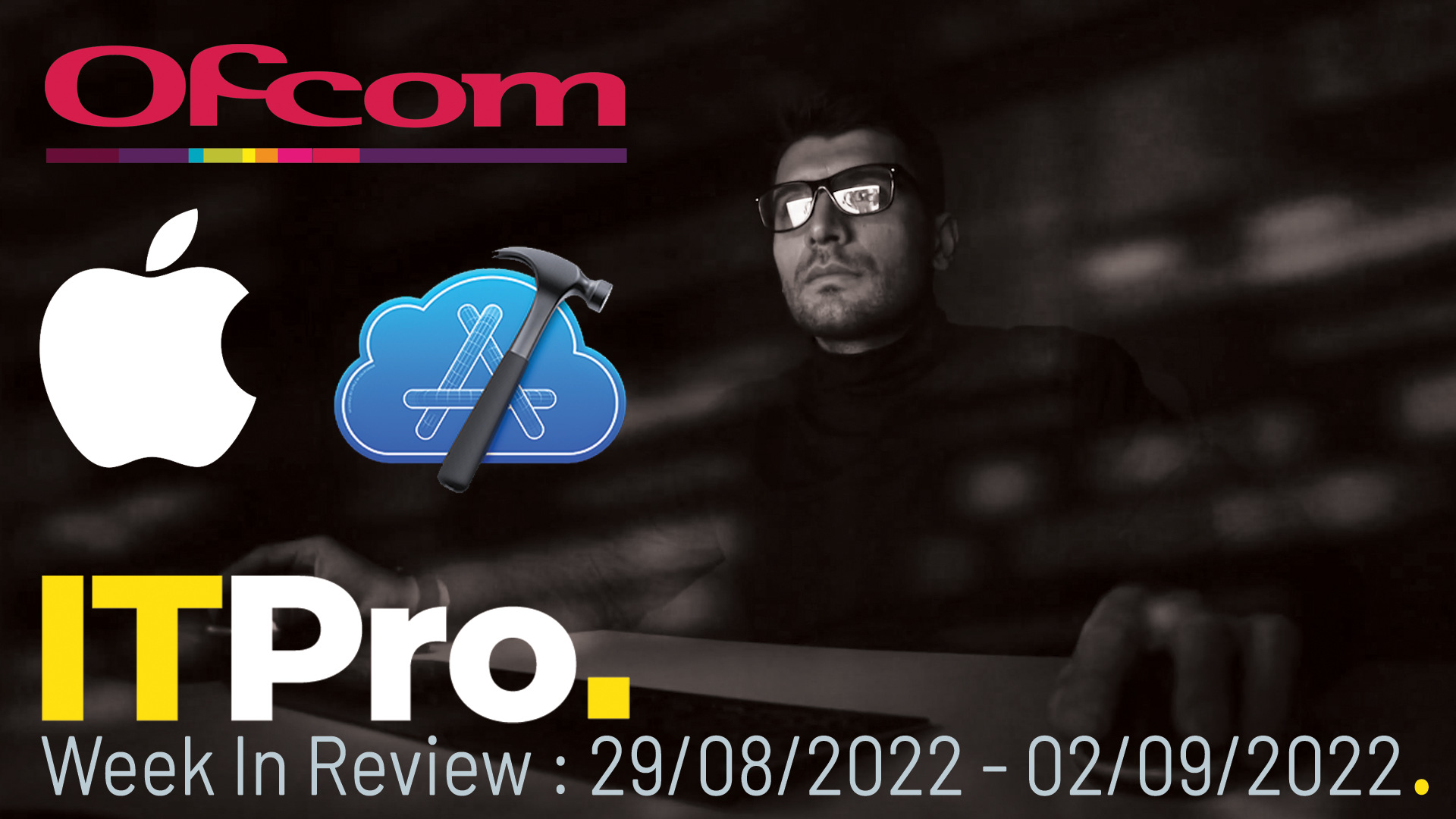Will CIOs be forced to go back to cost-cutting by coronavirus?
IT has increasingly been seen as adding value to business, but the 2020 economic crisis could force IT leaders back into damage limitation mode

For the last decade, CIOs and industry analysts have been talking up the role of an IT leader transitioning into a digital leadership role. The words like ‘innovation’ and ‘digital transformation’ have led many in the IT industry to believe that the days of merely ‘keeping the lights on’ were finished. CIOs and their teams were no longer just a support mechanism for business teams, they had become a driver of change and a core part of a company’s entire strategy. A key part of CIOs having a more distinguished role was the fact they were no longer solely focused on keeping costs down. Instead they have been focused on providing their businesses with a competitive edge.
But COVID-19 may have changed that. As organisations enter a period of financial uncertainty, cost-cutting could be the priority for CIOs once again.
A question of balance
“Our business is impacted like many others – we’ve lost match day revenue and now we’re trying to define our budget for next season and one of the things that is being asked for is to cut costs,” says Fabrizio Preti, technology director at Italian football club AS Roma.
However, he adds that the club is still pushing him for new ideas and new tools to support the business and provide fans with new services. This suggests that the ‘innovation’ element remains – and that’s perhaps because of how integral CIOs have been during the pandemic. For AS Roma that has meant providing players with tools to enable them to keep in touch with their manager, while for more traditional businesses have been forced into a speedy transition to remote working, which has in many cases involved significantly scaling up infrastructure, IT support and security.
“The pandemic has made everyone in the business understand the reliance on technology. I don’t think I’ve ever had as many thank you emails from the business for doing our jobs, but I think it’s the realisation that without the function of technology we wouldn’t be working – we would be in a right mess,” says Aston Martin IT director Steve O’Connor.
Arup CIO Rob Greig echoes O’Connor’s statement: “CIOs and their teams are the heroes of the hour as they’ve taken hold of the opportunity to drive through changes quickly … But I think organisations can forget that quickly when they’re under huge financial pressure – particularly if we’re looking at a deep recession”.
RELATED RESOURCE

Transforming the way businesses consume technology
Dell recommends Windows 10 Pro for business
CIOs have always had to demonstrate value in any project or product, so that in itself has isn’t a change brought on by the coronavirus crisis, but Aston Martin’s O’Connor does believe that for the time being CIOs will be forced to revert back to what the role was like more than a decade ago.
Get the ITPro daily newsletter
Sign up today and you will receive a free copy of our Future Focus 2025 report - the leading guidance on AI, cybersecurity and other IT challenges as per 700+ senior executives
“I think for the next while it will move towards the cutting cost model – the best value for money in everything you do. In general, IT departments have had access to enormous budgets and often there is enormous spend on things that aren’t clear or understood by the business, so [IT] has to look at ROI and provide value for money, which is difficult when everyone is looking for ways to protect the business and reduce spend,” he says.
While a recession could be looming, it does not necessarily mean that CIOs will follow the same tack as they did in the last crisis.
“I think this one is a bit different to the recession in 2008. It will hit different industries in different ways, based on the use case and demand. I think cost optimisation and efficiency will be a key priority for CIOs,” says Michael Wignall, Azure Business Lead at Microsoft UK.
Preti doesn’t think this will mean reverting back to the CIO of 10 or 15 years ago either.
“Obviously we will deal with cutting costs but on the other hand, I think everyone in the company, including the CEO, understands that technology is key to finding new ideas for the business, and [CIOs] have a different role in the company nowadays and it will be the same going forward,” he says.
The pandemic has provided a platform for IT
According to Greig, IT teams have now demonstrated the value of IT, particularly with remote working, and this should bode well in future conversations the CIO has with the board, CFO and CEO.
“[The pandemic] has created an urgency for businesses to act on things where they previously may have decided it wasn’t a priority, and that can unblock barriers and enable new ways of working. As CIOs, we can hold onto the principle of the tools and technologies we’re using bringing genuine business value, and then there’s a conversation to be had about whether we should be investing more in these services,” he says.
While Greig acknowledges that there will be an added focus on reducing cost, he believes the narrative isn’t around cost-cutting, but around becoming an agile workforce.
“Rather than thinking about how long this process is going to go on for and whether there is a second or third wave [of infection], a big proportion of what we’re doing now is the ‘new normal’, and the successful organisations are the ones that embrace that and understand that and use it to their advantage,” he says.
That may mean tapping further into existing technologies they have.
“I think we’ll see CIOs leveraging more of the stack they have and using platforms they already use and scaling those up rather than going out and trying to do brand new technology procurement or look for new vendors,” says Wignall.
CIOs will have to reference the strides they’ve made in such a short space of time to ensure they continue to get the backing from the board on projects and procurement. However, there will inevitably be more of a focus on instant cost cutting, rather than long-term projects that may yield ROI in five or ten years’ time. IT leaders may be more inclined to push through existing projects that they have already invested time in – and that provide speedy ROI – rather than attempting to start on new projects. However, they will hope – like many other departments – that this is only a ‘pause’ on budget rather than a complete standstill.
-
 Should AI PCs be part of your next hardware refresh?
Should AI PCs be part of your next hardware refresh?AI PCs are fast becoming a business staple and a surefire way to future-proof your business
By Bobby Hellard
-
 Westcon-Comstor and Vectra AI launch brace of new channel initiatives
Westcon-Comstor and Vectra AI launch brace of new channel initiativesNews Westcon-Comstor and Vectra AI have announced the launch of two new channel growth initiatives focused on the managed security service provider (MSSP) space and AWS Marketplace.
By Daniel Todd
-
 Protecting CIOs' IT budgets is "paramount" in maintaining business growth
Protecting CIOs' IT budgets is "paramount" in maintaining business growthNews If CIOs are forced to make emergency budget cuts, they should also explain the risks to high level stakeholders so the responsibility is shared
By Zach Marzouk
-
 The IT Pro Podcast: Accelerating digital transformation
The IT Pro Podcast: Accelerating digital transformationIT Pro Podcast Implementation is just as important as the value of change
By IT Pro
-
 Podcast transcript: Accelerating digital transformation
Podcast transcript: Accelerating digital transformationIT Pro Podcast Read the full transcript for this episode of the IT Pro Podcast
By IT Pro
-
 Fit-for-purpose IT infrastructure for digitally determined organisations
Fit-for-purpose IT infrastructure for digitally determined organisationsWhitepaper Your innovation engine: Guiding organisations through change in the new digital economy
By ITPro
-
 IT Pro News in Review: CIOs face a challenge, Ofcom's telecom fines, Apple expands Xcode
IT Pro News in Review: CIOs face a challenge, Ofcom's telecom fines, Apple expands XcodeVideo Catch up on the biggest headlines of the week in just two minutes
By IT Pro
-
 CIO role has 'drastically changed' over last 24 months, says Lenovo
CIO role has 'drastically changed' over last 24 months, says LenovoNews Globally survey suggests chief information officers have greater influence over their company now the role has expanded beyond technology
By Bobby Hellard
-
 How can CIOs help to close the tech skills gap?
How can CIOs help to close the tech skills gap?In-depth The most well-equipped IT leaders can take a number of practical steps to close the divide within their organisations
By Rene Millman
-
 What is a virtual CIO (vCIO) and does your business need one?
What is a virtual CIO (vCIO) and does your business need one?In-depth With tech skills in short supply, organisations are turning to temporary expertise to see through critical digital transformation projects
By Mark Samuels